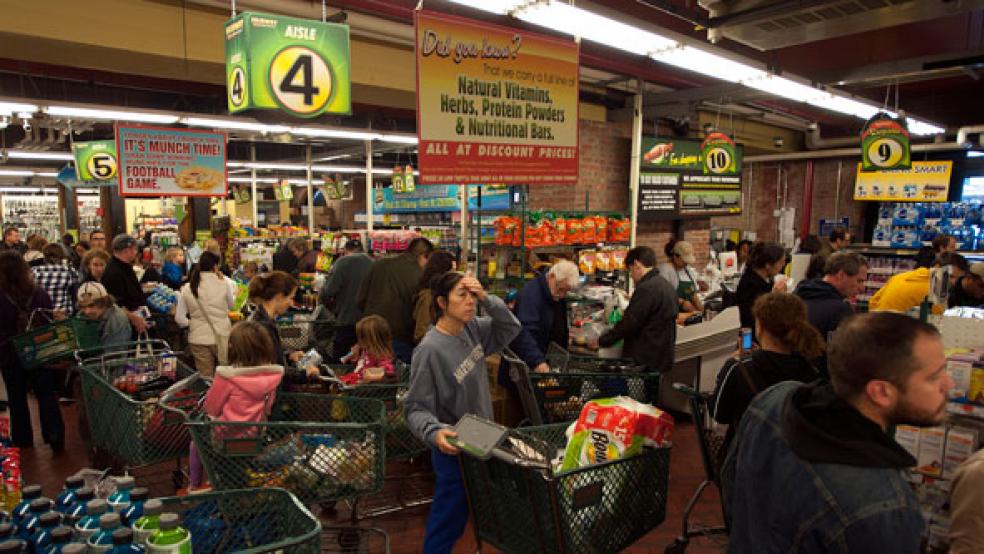Get ready to pay more to fill your belly.
After several years of modest increases and relatively low prices, the cost of food is going to increase.
Overall food prices are set to rise around 3 percent this year, according to a new report from the U.S. Department of Agriculture. That could hit consumers particularly hard, given that Americans spend about 10 percent of their income on food.
“Consumers are just going to have to budget more money for food,” says Ronald Plain, a professor of agricultural economics at the University of Missouri. “Eating isn’t really something that people can give up, and there’s not much you can do about the prices.”
Meat prices are up across the board thanks to several factors, including diminished cattle herds; a disease problem among hog farmers; and increased poultry feed costs reflecting higher commodity costs for corn and soybeans. In addition, a record drought in California has pushed up fruit and vegetable prices.
Related: 8 Things That Will Cost You More in 2014
Retail beef prices are at or near inflation-adjusted record highs because of a year-long supply problem stemming from severe droughts in the southern plain in 2011 and the Midwest in 2012. While farmers are working on increasing the size of their herds, such efforts take several years, and the current cattle population remains at its lowest level since 1951, Plain says.
Meanwhile, hog farmers are facing supply problems, thanks to a porcine epidemic virus, which has killed about a million baby pigs since it was first found in Iowa last spring, according to an NPR report. The impact of such outbreaks typically lasts for about a year, and Plain expects prices to fall back down around 2016.
The outlook is less certain for fruits and vegetable prices, which could increase dramatically thanks to the ongoing California drought. The state produces about half of America’s fresh fruits and vegetables, and is facing the worst drought on record.
Fresh fruit and vegetable prices increased from December to January 1 percent and 1.5 percent, respectively. That’s a substantial hike, equal to the total increase in prices for those categories over the past three years.
The grocery store isn’t the only place consumers will feel the sting of higher prices. Nine out of 10 chain restaurants plan on increasing their prices this year, with an average increase of 2 percent, according to a January survey by restaurant supply co-op SpenDifference.
As mounting prices start to take lighten shoppers’ wallets, consumer confidence could take a hit, says Nick Colas, chief market strategist with ConvergEx Group. “As people see increasing amounts of their budget going to food, that tends to diminish their purchasing power elsewhere, and their confidence in the economy.”
Top Reads from The Fiscal Times:





